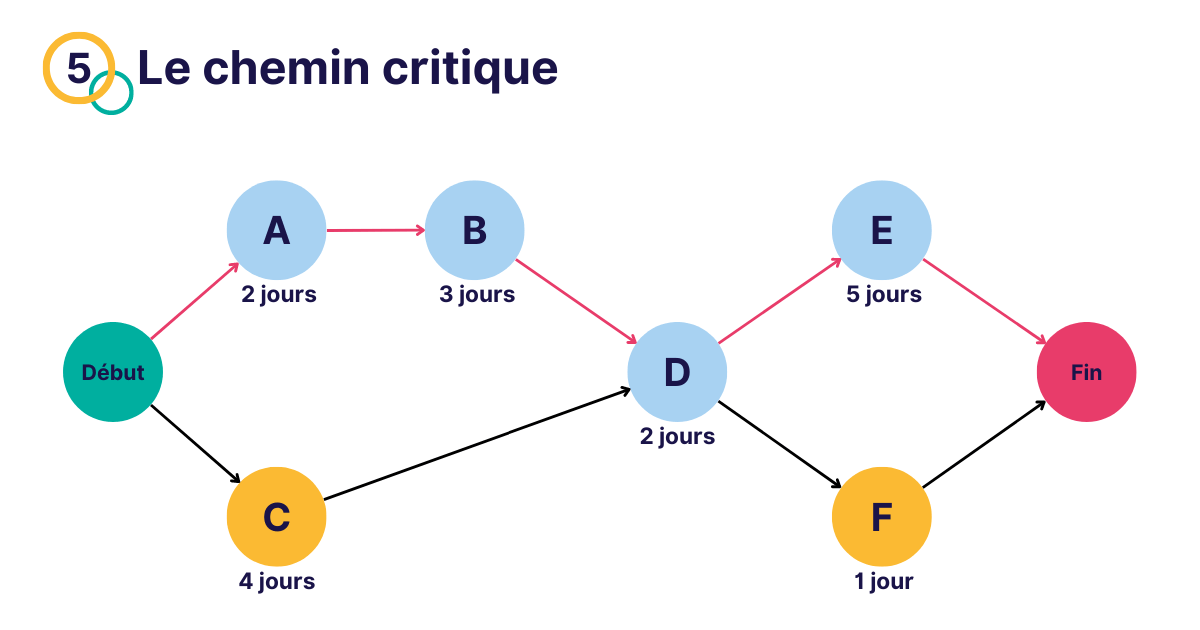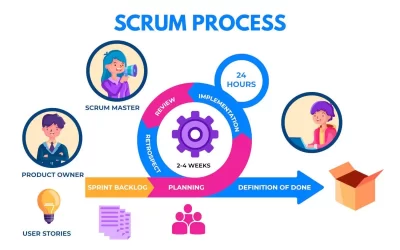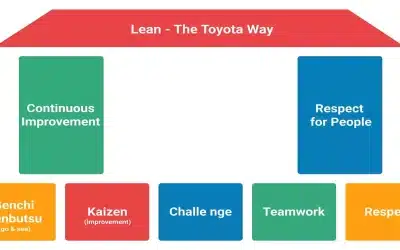Have you ever started a project with a clear vision only to become overwhelmed and disoriented during its execution? Depending on the project’s complexity, it may be difficult to keep track of all tasks that must be completed and the order in which they must be addressed.
Project planning is an important part of project management. Projects can easily fall through the cracks without proper planning, resulting in missed deadlines, increased costs, and even failure. The critical path method comes into play here.
The Critical Path Method is a project management technique used to identify the most important tasks in a project and determine the best order in which to complete them. Project managers can use this method to effectively plan a project and ensure that it stays on track throughout its life cycle. In this article, we’ll go over the critical path method in greater depth and show you how to use it to successfully plan your next project.
What is the critical path?
The critical path is an excellent management technique for optimizing your actions. In fact, it enables precise determination of the key steps as well as the dependencies between the tasks. As a result, the path to completing the project as soon as possible can be identified.
Typically used when designing a Gantt chart or a PERT chart, the critical path identifies tasks and task sequences that have no margin.
Project managers can better plan for the completion of these tasks by identifying the most difficult tasks or phrases in the project. They can avoid delays, but also exceedances of the allocated financial resources, by preparing for difficulties ahead of time.
What are the strengths of the critical path?
The critical path is very important in project management and monitoring. This is because it has undeniable benefits for your team’s performance.
Job Visualization
You can use the critical path if you have the right project management software. You will then be able to clearly see all of the project’s tasks and dependencies. This is a critical step in gaining a global view of the project and managing teams more effectively throughout the critical stages.
Task Planning
Once the critical tasks have been identified, it is possible to optimally track their progress. This allows you to manage risks more effectively and ensure proper project planning.
Timing
By analysing the critical path, project managers can estimate the minimum duration of a project from the outset. In addition, by quickly identifying the difficulties, they can take prioritise critical tasks which can reduce delays further down the line.
Meeting deadlines
The logical consequence of using the Critical Path is meeting customer-imposed deadlines. The project runs smoothly as critical tasks are managed in a scrupulous manner.
Resource management
This planning method is ideal for effectively allocating resources. Knowing the duration and difficulty of each task allows you to allocate the necessary human and financial resources and avoid work overload.
How to determine the critical path?
To manage your projects more efficiently and reduce the total duration of your projects, it is important to implement good practices to determine the critical path. Five steps are essential to follow the project using this method.
List all project tasks.
Above all, it is critical to keep track of all of the project’s steps and tasks. Remember to list not only the tasks, but also the sub-tasks during this phase. The more meticulous you are with this first step, the more relevant the critical path study will be.
Identify dependencies.
The order of tasks is essential when planning projects. In fact, some tasks can only begin when other tasks are fully completed. This is why you need to identify dependencies between tasks. These can be highlighted when a network diagram is produced.
Calculate the duration of each task.
The project manager must then estimate the duration of each task to be completed, with the assistance of team members if necessary. It is possible to build on previous projects and/or each employee’s experience in carrying out a given task.
Identify critical tasks.
At this point, a fairly clear picture of the project that will be executed is accessible. Now is the time to identify the tasks that will have the biggest influence on the project’s overall duration. Concretely, you must determine the theoretical length of each feasible task network path in order for it to be taken. The longer path then becomes the critical path once this step is finished.
Manage critical tasks.
Once the critical path and critical tasks have been identified, they must be incorporated into the project planning. Time management is key at each of these stages, If necessary, the project manager can allocate additional resources to control the project’s duration.
A project management tool: ideal for identifying the critical path.
The best way to save time and optimize your team’s work is to use collaborative planning and work software. The best management software allows you to centralize all of your team’s needs within a single SaaS tool. It is then possible to create a Gantt chart, a PERT chart, and identify the critical path for each project in a matter of minutes. This is especially useful for resource optimization, meeting deadlines, and improving end-customer satisfaction.









